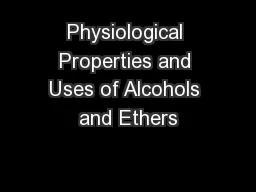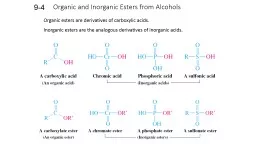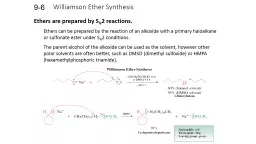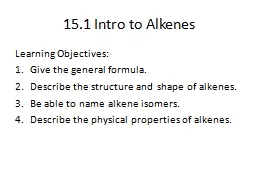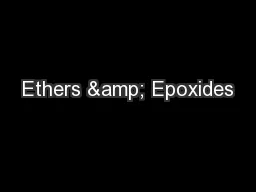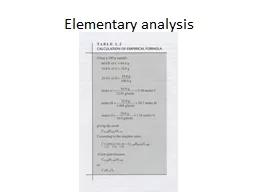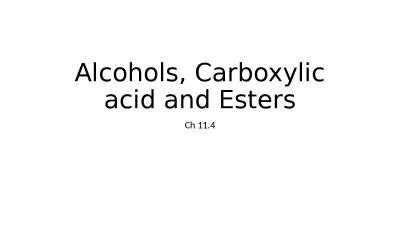PPT-Physiological Properties and Uses of Alcohols and Ethers
Author : marina-yarberry | Published Date : 2016-04-24
911 Methanol Formed by catalytic reduction of CO and H 2 at high temperatures and pressure Used as a solvent a fuel for camp stoves and soldering torches and as
Presentation Embed Code
Download Presentation
Download Presentation The PPT/PDF document "Physiological Properties and Uses of Alc..." is the property of its rightful owner. Permission is granted to download and print the materials on this website for personal, non-commercial use only, and to display it on your personal computer provided you do not modify the materials and that you retain all copyright notices contained in the materials. By downloading content from our website, you accept the terms of this agreement.
Physiological Properties and Uses of Alcohols and Ethers: Transcript
Download Rules Of Document
"Physiological Properties and Uses of Alcohols and Ethers"The content belongs to its owner. You may download and print it for personal use, without modification, and keep all copyright notices. By downloading, you agree to these terms.
Related Documents

